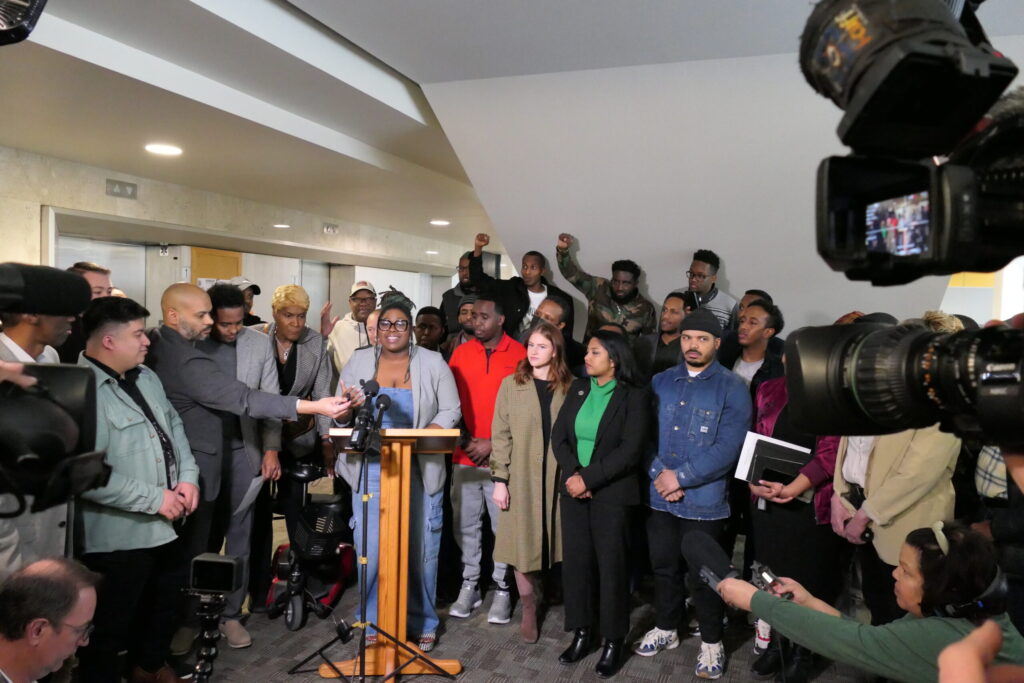Last month, the Minneapolis City Council reached a deal with Uber and Lyft aimed at increasing driver pay and improving working conditions. On May 20th, the council announced a compromise with the ride-hailing giants, who agreed to an inflation-pegged wage floor matching Minnesota’s minimum wage of $15 an hour after expenses. While this has been hailed as a 20% raise for drivers, the agreed pay rates are still lower than most proposals over the past two years amid ongoing disputes between Uber, Lyft, their drivers, and lawmakers.
Key Elements of the Deal
The new agreement introduces several measures aimed at improving drivers’ working conditions:
- Wage Increase: Drivers will earn a wage floor matching Minnesota’s minimum wage of $15 an hour after expenses.
- Appeal Process for Deactivations: Drivers, who are often arbitrarily fired by algorithms, can now appeal against dismissals.
- Driver Rights Education: Funding has been allocated for a non-profit driver center to educate drivers on their rights.
- Insurance Coverage Expansion: Insurance coverage for ride-hail drivers has been expanded up to $1 million, now including the time immediately after ending a trip.
The Underlying Issues
Despite these improvements, the deal preserves critical elements of the digital ride-hail model that allow Uber and Lyft to continue operating and potentially undermine the agreement in the future.
Misclassification of Drivers
A significant issue that remains unaddressed is the misclassification of drivers as independent contractors. This classification allows Uber and Lyft to lower labor costs by denying drivers benefits and protections typically afforded to employees.
Information Asymmetry
The deal also fails to address the information asymmetry between drivers, regulators, and ride-hail firms. The lack of data transparency means that drivers remain at a disadvantage, unable to fully understand or challenge the algorithms that determine their pay and working conditions.
The Real Winners
A sympathetic view might suggest that drivers won an immediate victory, securing better wages and working conditions while keeping their jobs. However, the long-term benefits are questionable. The deal allows Uber and Lyft to continue leveraging their structural power to influence the market and regulatory environment.
The Future of Ride-Hail Regulation
The experience in New York City provides a cautionary tale. After NYC introduced a wage floor, Uber and Lyft implemented a tiered quota system, forcing drivers to work longer hours to access peak shift times. This strategy, which included a lockout for those not meeting quotas, resulted in 8,000 drivers being forced off each platform due to deteriorated labor conditions.
Conclusion
The heart of the on-demand labor model relies on maintaining an unequal power dynamic between ride-hail companies, drivers, passengers, and cities. Any deal that avoids addressing driver misclassification, data transparency, and algorithmic management is only a temporary fix. While drivers in Minneapolis may see some immediate relief, the long-term issues remain unresolved.
To genuinely improve conditions for ride-hail drivers, more comprehensive reforms are necessary. These should include reclassification of drivers as employees, ensuring full transparency in data usage, and implementing robust regulatory frameworks that hold ride-hail companies accountable. Only by addressing these core issues can we move beyond temporary compromises and create a fairer, more sustainable ride-hail industry.


